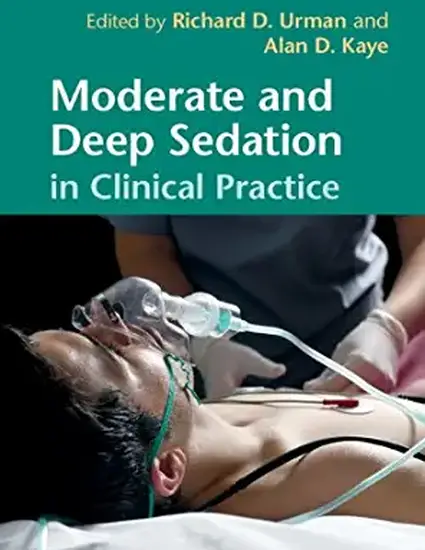
Introduction An increasing number of procedures requiring moderate and deep sedation are being performed outside the surgical suite. As a result, qualified non-anesthesia providers are administering moderate and deep sedation to patients for a variety of diagnostic, therapeutic, and/or surgical procedures. Practitioners should aim to provide patients with the benefits of sedation and/or analgesia while minimizing the associated risks. In order to do so, individuals responsible for patients receiving sedation and/or analgesia should understand the pharmacology of the agents being administered as well as the role of pharmacologic antagonists for opioids and benzodiazepines. Furthermore, combinations of sedative and analgesics should be administered as appropriate for the procedure being performed and the condition of the patient. Policies and standards regarding administration of sedation and analgesia by non-anesthesia providers are addressed elsewhere in the book. The following chapter focuses on the pharmacology of the drugs most commonly used to provide moderate and deep sedation and their available reversal agents.
Available at: http://works.bepress.com/adam-kaye/81/
